A clutter-free home doesn’t just look better—it feels better. If you declutter your home, you will reclaim space, reduce stress, and improve overall well-being. Studies show decluttering can cut cleaning time by 40%.
Whether you’re moving, downsizing, or simply refreshing your space, an organised environment can boost focus and efficiency.
In this guide, you’ll find a room-by-room checklist, proven decluttering strategies, and eco-friendly disposal tips to help simplify your living space.
- What Is Decluttering?
- Benefits of Decluttering
- Common Challenges and How to Overcome Them
- Essential Decluttering Preparation
- Complete Room-by-Room Decluttering Checklist
- Decluttering Best Practices and Strategies
- Key Takeaways
- FAQs
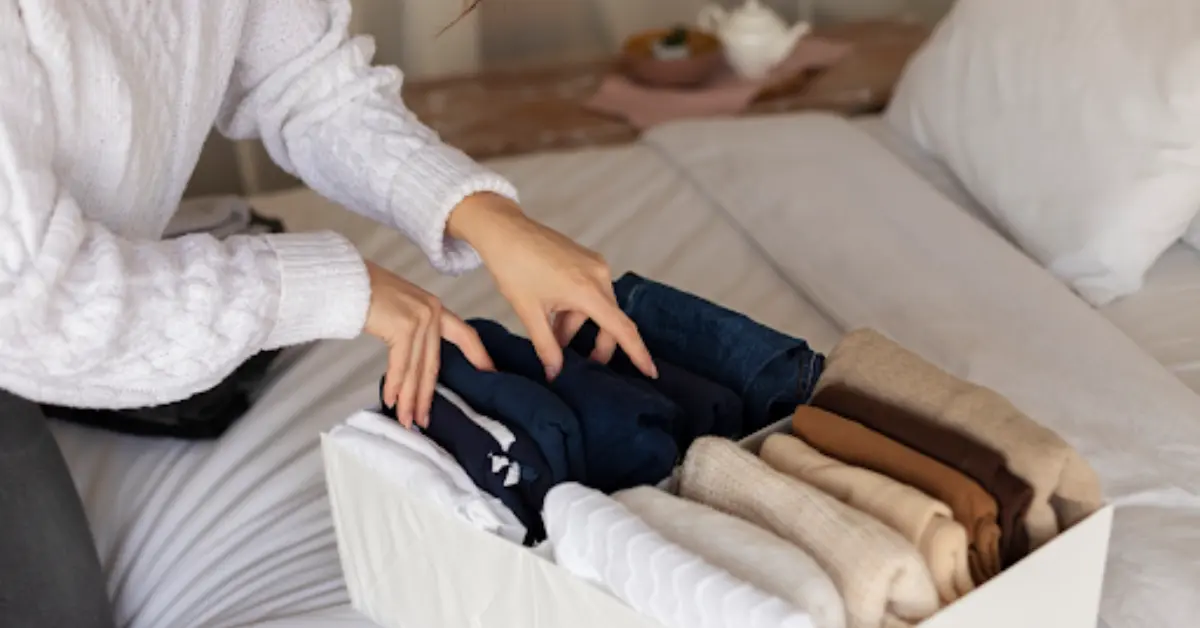
What Is Decluttering?
Decluttering means intentionally removing unnecessary or unused items from your home. It’s not just cleaning; it’s a mindful process of deciding what truly adds value to your daily life.
This home organisation practice encourages you to evaluate possessions by purpose, use, and emotional attachment. The result? A more functional, comfortable, and visually appealing home.
Benefits of Decluttering
Decluttering is more than just tidying up; it’s an intentional lifestyle shift that transforms how you experience your home. A clean, organised environment supports not only physical order but also mental clarity, emotional balance, and daily efficiency. Whether you’re preparing to sell your property, moving to a new apartment, or simply seeking a fresh start, the benefits of decluttering extend far beyond aesthetics.
Key benefits include:
- Less stress: A tidy space reduces anxiety and boosts mental clarity.
- Higher productivity: You’ll spend less time looking for things.
- Healthier home: Fewer dust particles and allergens accumulate.
- Financial savings: You discover forgotten items and spend less.
- Enhanced space flow: Your home feels more open and inviting.
Common Challenges and How to Overcome Them
While decluttering is rewarding, it can also feel overwhelming at first, especially if you’ve lived in the same home for years or are juggling work and family commitments. The key is to approach it with structure, patience, and a clear plan.
Here are some of the most common challenges homeowners face, along with practical ways to overcome them.
| Challenge | Solution |
| Emotional attachment | Start small—begin with practical spaces, such as bathrooms or kitchens. |
| Time constraints | Schedule 30-minute daily decluttering sessions. |
| Overwhelm | Focus on one category (e.g., clothes, papers) at a time. |
| Lack of storage | Invest in modular shelves or under-bed storage bins. |
Explore the available apartments for rent in Dubai if your home layout limits space.
-
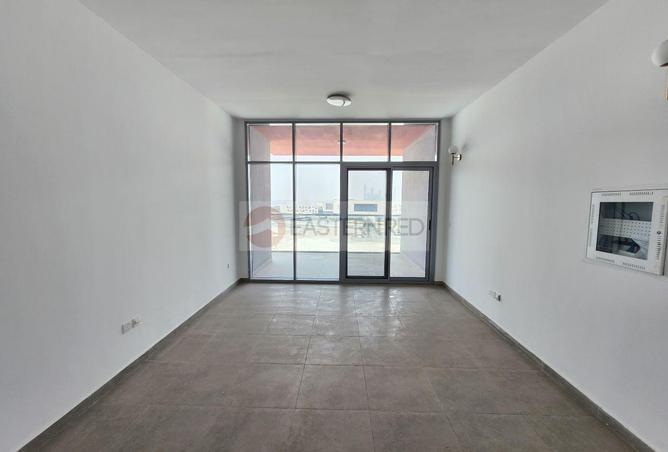
Apartment
Listed 1 week ago
85,000 AED/year
OPP CREEK HARBOUR - LAST UNIT LEFT - READY TO MOVE
Eastern Star Residence, Al Jaddaf, Dubai
2
2
1,017 sqft
-
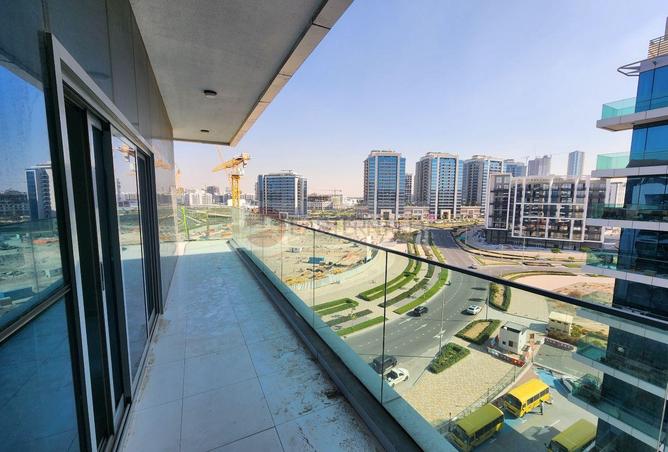
Apartment
Listed 5 days ago
63,000 AED/year
DEWA ONLY AC - READY TO MOVE IN - LAST UNIT LEFT!!
Flamingo Z2 Tower, Arjan, Dubai
1
2
866 sqft
-
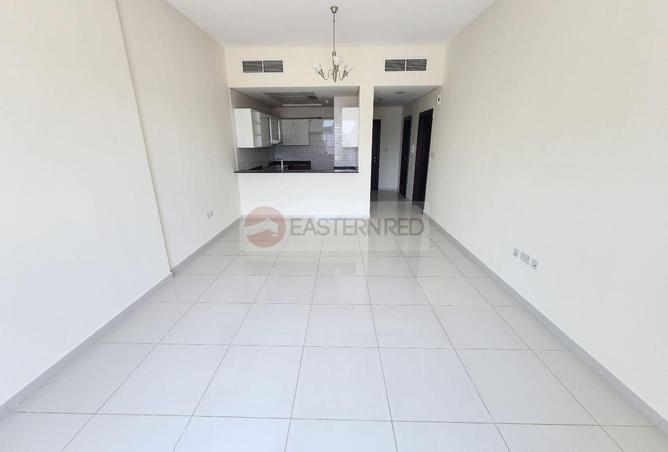
Apartment
Listed 3 days ago
63,000 AED/year
LAST UNIT LEFT - READY TO MOVE IN - DEWA ONLY AC!!
Sandy Garden, International City Phase 2, Al Warsan 4, Al Warsan, Dubai
1
2
958 sqft
-
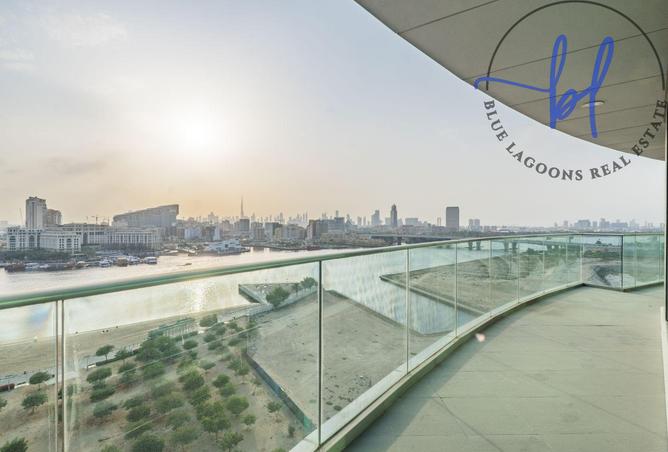
Apartment
Listed 1 day ago
190,000 AED/year
Inviting Creek Views | Family Dream Home | Vacant
Marsa Plaza, Dubai Festival City, Dubai
2
3
2,032 sqft
-
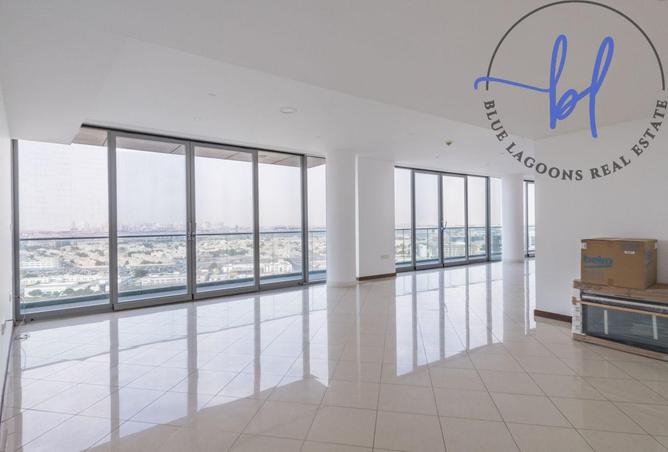
Apartment
Listed 1 day ago
385,000 AED/year
Private Terrace | Large Apartment | Vibrant Home
Marsa Plaza, Dubai Festival City, Dubai
3
5
4,032 sqft
-
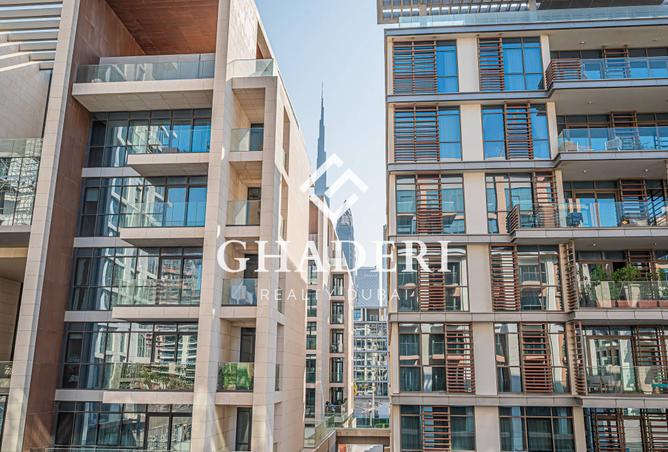
Apartment
Listed 18 hours ago
150,000 AED/year
Exclusive Modern Residence I Burj Khalifa View
Celadon 1, Celadon, Central Park at City Walk, City Walk, Dubai
1
1
772 sqft
-

Apartment
Listed 2 days ago
1,100,000 AED/year
Contemporary Design | Ultra Luxury | Burj View
One Za'abeel The Residences, Zabeel 1, Zabeel, Dubai
3
5
2,436 sqft
-
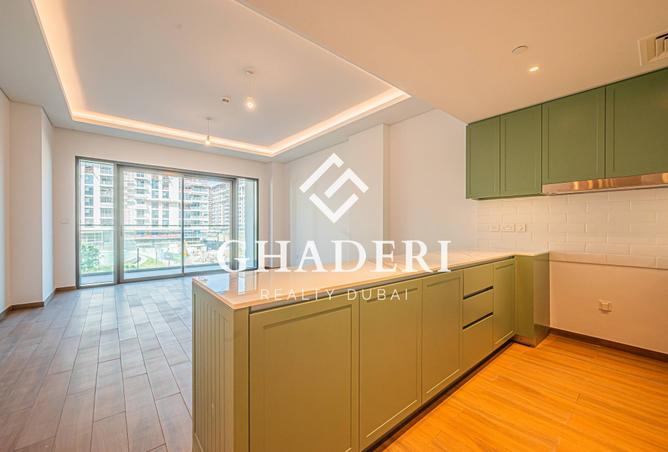
Apartment
Listed 18 hours ago
250,000 AED/year
Elegant Home I Overlooking Central Park I Brand New
Celadon 1, Celadon, Central Park at City Walk, City Walk, Dubai
2
3
1,367 sqft
-
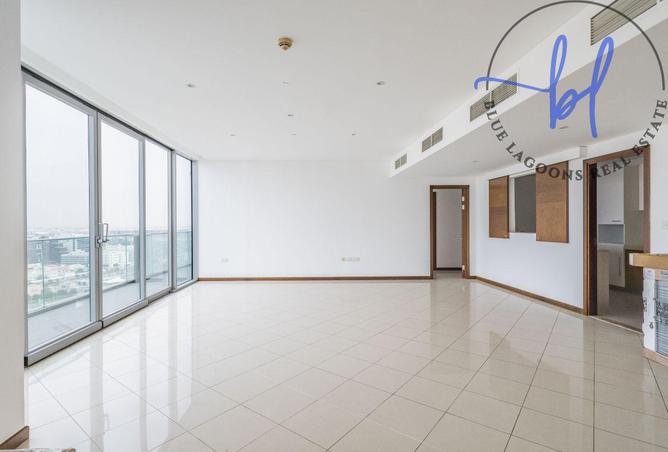
Apartment
Listed 3 days ago
285,000 AED/year
Creek Side Home | Wrap-around Balcony | Large Apt
Marsa Plaza, Dubai Festival City, Dubai
3
5
2,708 sqft
-
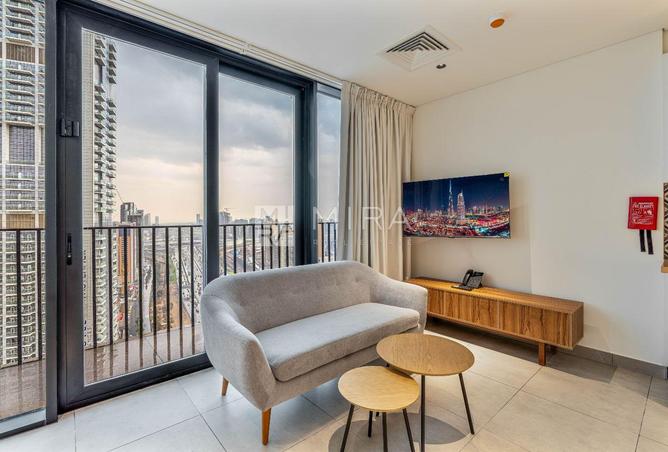
Apartment
Listed 4 days ago
66,150 AED/year
| Brand New | Community View | JVT
The Community, Jumeirah Village Triangle, Dubai
1
1
491 sqft
Essential Decluttering Preparation
Before diving into a full-home decluttering project, it’s crucial to prepare, both mentally and practically. A bit of planning ensures your efforts are efficient, organised, and sustainable. Whether you’re preparing your property for sale, moving into a new apartment, or simply aiming for a calmer home environment, setting clear intentions and gathering the right tools will make the process smoother from start to finish.
1. Setting Decluttering Goals
Define your goal: Are you preparing to sell, simplifying for comfort, or refreshing your lifestyle? Setting clear goals keeps you focused.
Examples:
- To improve functionality: Clear out daily-use spaces like the kitchen or entryway first.
- To prepare for selling or moving: Focus on decluttering storage areas, closets, and surfaces that potential buyers notice first.
- To simplify life: Target one room per week and make minimalism your end goal.
2. Gathering Supplies
Having the right tools ready before you begin decluttering is essential for staying efficient and organised. A well-prepared setup not only saves time but also keeps you motivated as you move from one space to another. Think of it as your “decluttering toolkit,” everything you need within arm’s reach to sort, clean, and organize effectively.
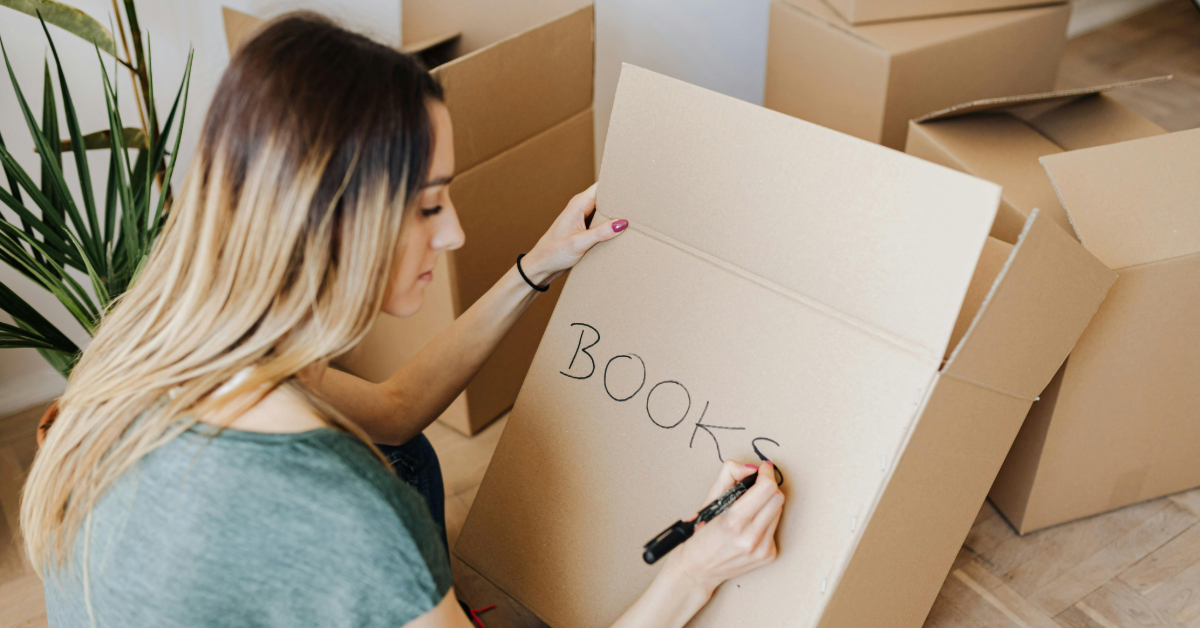
Here’s what to prepare before your first session:
- Storage bins and baskets: For grouping items.
- Labels and markers: For easy identification.
- Trash bags: For disposal.
- Donation boxes: For items in good condition.
3. Time Management Tips
Decluttering can feel like a big task, but with smart time management, it becomes much easier to handle. Instead of trying to tackle your entire home in one weekend, plan smaller, focused sessions that fit into your lifestyle. Consistency is the secret to real progress when it comes to home maintenance.
- Plan to declutter your home room by room: Schedule sessions for the living room, kitchen, and bedroom separately.
- Set realistic goals: One space per day is ideal.
- Use timers: Try 25-minute “focus sprints.”
Complete Room-by-Room Decluttering Checklist
Decluttering works best when done room by room. Each area in your home serves a different purpose, and therefore collects a different type of clutter. By tackling one space at a time, you can create visible progress, avoid overwhelm, and build lasting habits.
Decluttering the Living Room
No matter your living room design, it is often the heart of the home, making it the first place where clutter appears. Start here to make an instant visual impact.
- Remove outdated décor and broken items.
- Toss unused furniture or duplicate accessories.
- Sort books, DVDs, and papers; digitise where possible.
- Organise remote controls and cables.
- Clear toys and magazines.
Decluttering the Kitchen
The kitchen collects clutter faster than any other room, from duplicate utensils to expired pantry goods.
- Remove non-kitchen items.
- Toss broken utensils or unused appliances.
- Label containers and rearrange drawers.
- Discard expired pantry goods.
- Deep clean shelves and counters.
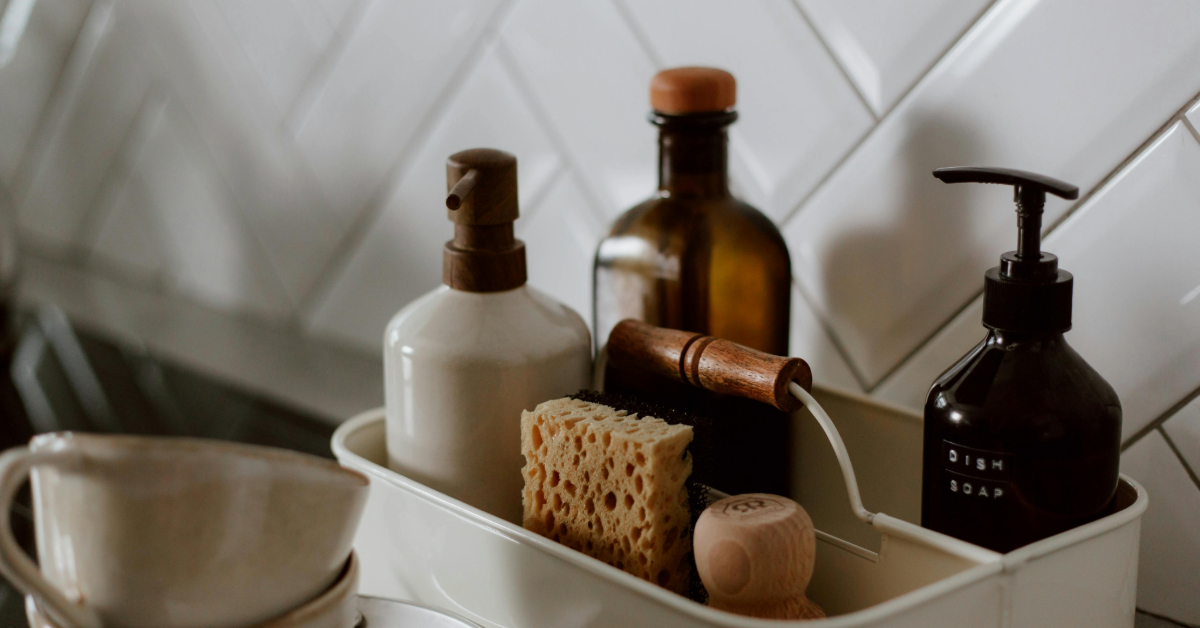
Decluttering the Bathroom
Bathrooms fill quickly with products we no longer use. If you declutter this part of your home, you will save time every morning and improve hygiene.
- Discard old makeup and expired medicine.
- Replace frayed towels and worn appliances.
- Organise toiletries into labelled baskets.
- Separate daily-use items from extras.
Tip: Store essentials in clear bins for easy access.
Decluttering the Bedroom
A clutter-free bedroom promotes relaxation and better sleep.
- Donate unused clothing and accessories.
- Clear nightstands and dressers.
- Store seasonal clothing separately.
- Keep under-bed storage minimal and clean.
Browse apartments for rent with built-in wardrobes to enjoy ready storage solutions.
Decluttering the Home Office
An organised home office boosts productivity and mental clarity.
- Shred old papers and duplicate files.
- Recycle broken electronics.
- Digitise business cards and documents.
- Store stationery efficiently.
Tip: Scan important paperwork into cloud storage to save physical space.
Decluttering the Laundry Room
Laundry spaces often become catch-alls for random household items.
- Discard empty detergent containers.
- Clean baskets and lint filters.
- Use wall hooks for organisation.
- Separate loads with labelled baskets.
Declutter the Garage or Outdoor Spaces in Your Home
Outdoor storage areas easily fill up with forgotten tools and projects.
- Dispose of broken tools and sports gear.
- Group items by use (gardening, maintenance, sports).
- Recycle hazardous materials responsibly.
- Install wall shelving or pegboards for better access.
Decluttering Storage Spaces
Storage spaces often hide the oldest clutter in the home. Decluttering these areas can free up valuable space for items you actually use.
- Discard broken or unused items.
- Use airtight bins for long-term storage.
- Label clearly by room or occasion.
Decluttering Best Practices and Strategies
1. The 20/20 Rule
If you haven’t used it in a year and it costs under 20 AED or takes under 20 minutes to replace, let it go.
This mindset stops overthinking and helps you release unnecessary items quickly, from unused kitchen tools to old phone chargers. It’s especially useful when decluttering small spaces like apartments or studio homes.
2. Three-Pile Sorting Method
This classic method is at the heart of every successful declutter. As you move through each room, divide your items into three distinct piles:
- Keep: What you use often.
- Donate/Sell: Still useful but unnecessary.
- Discard: Damaged or expired.
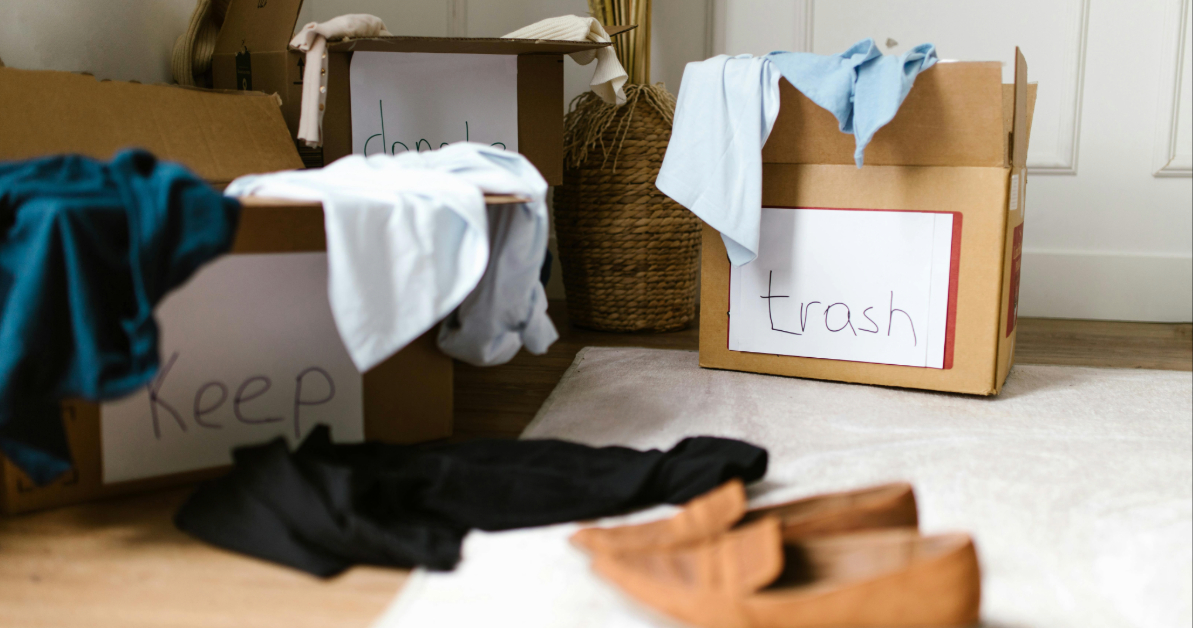
3. Digitize Your Life
Paper clutter is one of the biggest culprits of disorganisation. Whenever possible, scan or photograph physical documents and store them digitally.
- Use secure cloud platforms for receipts, manuals, and paperwork.
- Digitise photos, DVDs, and CDs, free up physical space while keeping memories intact.
- Shred outdated financial records or old utility bills after scanning them.
4. Organisational Tools and Tips
Decluttering only works long-term if you have systems to maintain order. The right organisational tools keep everything visible and easy to access:
| Tool | Use |
| Labelled boxes | Avoid confusion and clutter |
| Clear containers | Easy visual access to contents |
| Drawer dividers | Keep small items organised |
| Wall hooks | Free up counter space |
| Vertical shelving | Optimise compact spaces |
Tip: Always finish a decluttering session with a “reset:” wipe surfaces, take out trash, and store donation boxes in your car immediately. This final step prevents the clutter from sneaking back.
5. Maintaining a Clutter-Free Home
Decluttering is not a one-time project; it’s a lifestyle shift. Once you’ve created a clean, organised space, maintaining it becomes the key to lasting calm and order. These simple habits will help you preserve that sense of clarity long after your initial cleanup.
- Reassess quarterly: Revisit each room every few months.
- One-in-one-out rule: If something new comes in, something old must go.
- Create a daily tidy-up habit: Spend 10 minutes every evening tidying surfaces.
- Seasonal refresh: Declutter before Ramadan or major holidays.
6. Decluttering for Special Circumstances
Every home and lifestyle has its own challenges when it comes to staying organised. Whether you’re preparing for a move, adjusting to apartment living, or managing a busy household, these tailored strategies can make decluttering more efficient and less stressful.
Preparing to Move or Sell
If you declutter your home before listing, it will look more spacious and appealing.
- Start early: ideally 6 to 8 weeks before moving day.
- Pack items you rarely use first (books, décor, or off-season clothes).
- Separate items into keep, donate, and discard boxes as you go.
- Use clear bins or labels for easy unpacking later.
- Stage your home simply: less clutter creates a sense of space and light.
Small Apartment & Minimalist Living
Smaller spaces benefit the most from intentional decluttering. Focus on functionality, smart storage, and visual lightness.
- Use multi-purpose furniture: ottomans with hidden storage or wall-mounted desks.
- Adopt a vertical organisation with shelves and hanging racks.
- Rotate seasonal décor instead of displaying everything at once.
- Keep surfaces clear to make your home feel larger.
- Practice the “less but better” philosophy, own fewer, higher-quality items.
Decluttering with Kids
Decluttering as a family teaches responsibility and teamwork while keeping shared spaces organised.
- Involve children by making decluttering a game (“find five toys to donate”).
- Use colour-coded bins for each family member.
- Store frequently used items on lower shelves for easy access.
- Encourage a “cleanup before bedtime” routine.
- Model the behaviour; kids mirror what they see.
Eco-Friendly Decluttering
A thoughtful declutter benefits both your home and the planet. Instead of discarding everything, aim to recycle, reuse, or donate whenever possible.
- Recycle responsibly: Paper, glass, and electronics can often be dropped off at local recycling centres.
- Donate: Clothing, books, and furniture in good condition can support local charities.
- Upcycle: Repurpose jars, boxes, or fabrics into décor or storage solutions.
- Sell online: Use platforms like Dubizzle or community groups to give items a second life.
Key Takeaways
The simplest way to create a calm, efficient, and comfortable living space is to declutter your home. By tackling one room or category at a time, you can gradually eliminate unnecessary items and make room for what truly matters.
Using practical tools like baskets, shelving, and labels helps maintain order, while regular seasonal refreshes ensure your space stays organised year-round. Remember to donate, recycle, or upcycle whenever possible to minimise waste and give items a second life.
When you declutter your home, it not only looks better but also supports better focus, mental clarity, and everyday well-being.
FAQs
Begin with one small space, like a drawer or shelf, and expand gradually.
If it’s useful or brings joy, keep it. Otherwise, donate or discard it.
Set aside emotional items for later evaluation; don’t let them stall progress.
Donate, recycle, and upcycle to minimise waste.
You should schedule at least two sessions a year.
Make it a shared task. Let kids donate a few toys or manage their own space. Use simple goals or reward charts to keep it fun.
Follow the one-in-one-out rule and set up small “drop zones” for daily items like keys or shoes. Label bins and use shelves to stay organised.



